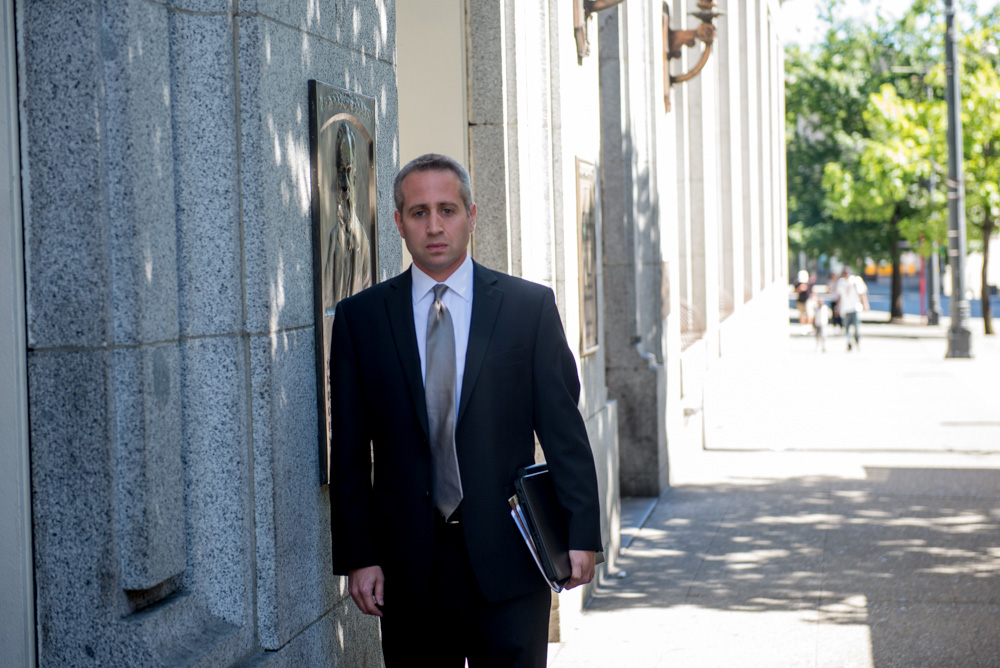The Central Link light-rail line is one year old this week. And, like any parent who sees their toddler’s ability to hold his or her head upright as a sign of genius, Sound Transit seems to be heavily overestimating Link’s accomplishments.
On the colorful, free round-trip ticket the agency handed out to riders on Monday, Sound Transit announced that six million riders had ridden Link in the past year, resulting in “1.8 million gallons of gas saved” and “93,000 barrels of oil saved.” But scratch that claim even slightly, and it doesn’t add up at all.
As the agency acknowledged in a recent press release, those numbers are based on the assumption that, were it not for light rail, every single one of those passengers’ trips in the past year would have been made in a single-occupancy car—a completely baseless assumption.
According to ST spokesperson Bruce Gray, the agency derived the savings figures by dividing the total estimated number of miles traveled by Link riders by the average miles-per-gallon of a midsized car (43,644,739 miles/23.4 MPG = 1.8 million gallons of unused gas).
But of course it’s likely that before light rail, the majority of those trips would have been made on a Metro bus, not in a car, since light rail reduced, eliminated, and/or improved upon Metro routes like the 194. Gray acknowledges that this wasn’t factored in, cautioning that the numbers were based on estimates and are only intended to “provide a snapshot.” A very deceptive one.
Sound Transit has made great strides from its bad start in the mid-’90s, becoming more honest with taxpayers about project costs. But one bad habit remains: misleading the public about benefits.







